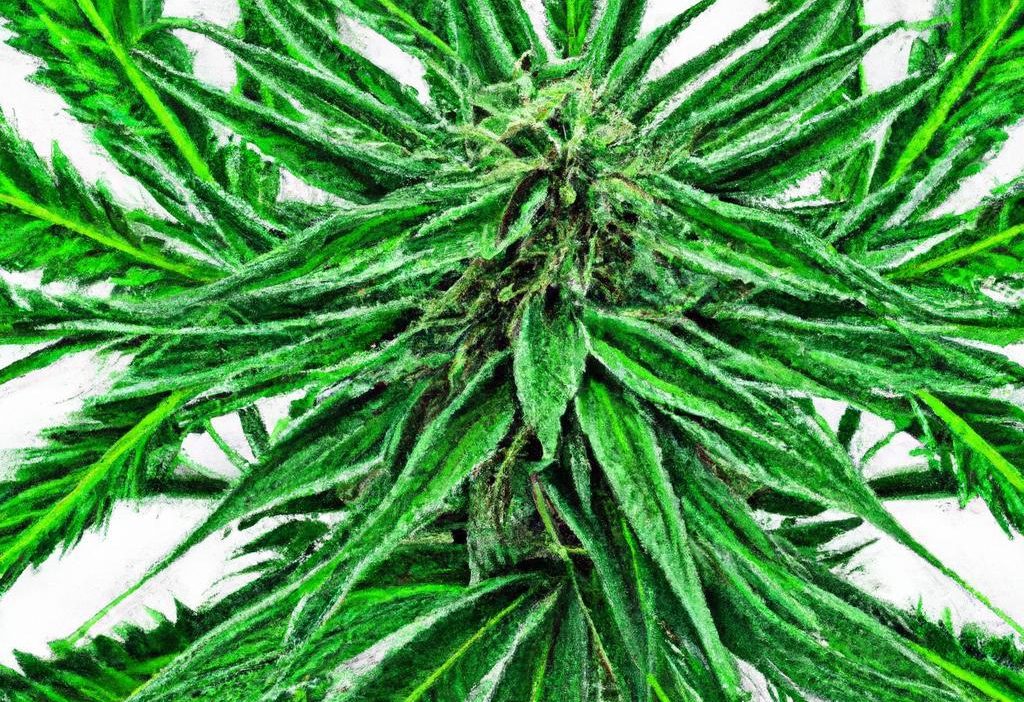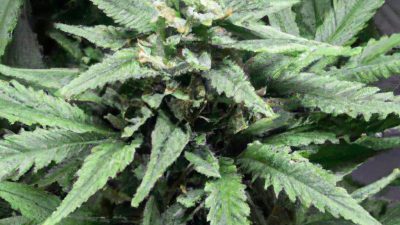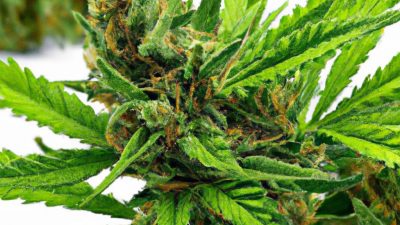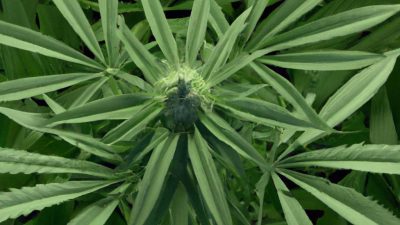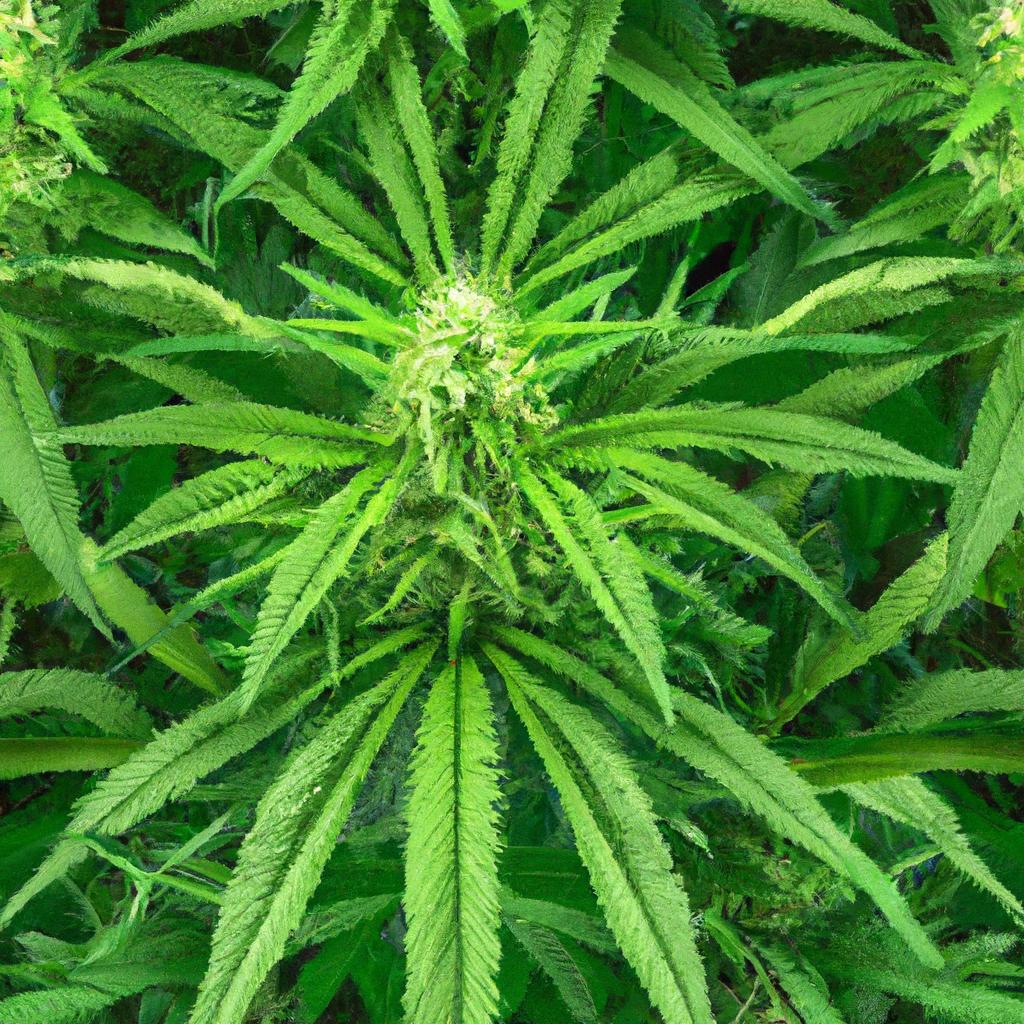
How to Build a Solvent-Free Cannabis Certification Lab
Teh cannabis industry is evolving rapidly, with a strong push towards clean, safe, and high-quality products. As consumers become more discerning, ensuring cannabis products are free from harmful solvents and contaminants has become paramount. One of the best ways to instill trust and guarantee product purity is through a dedicated solvent-free cannabis certification lab.
In this article, we’ll explore everything you need to know about building such a lab, how it fits into the broader cannabis ecosystem, and why solvent-free certification is vital for cannabis producers and consumers alike.
The Growing Importance of Solvent-Free Cannabis Certification
Cannabis post processing often involves the use of solvents like butane, ethanol, or CO2 to extract cannabinoids and terpenes. While these methods are effective, residual solvents left behind can pose health risks. A solvent-free cannabis certification lab specializes in verifying that products meet strict standards to eliminate solvent contaminants,ensuring safety and compliance.
Building this type of certification lab aligns perfectly with ongoing advancements in cannabis science and technology, notably in processing equipment and quality control testing.
Key Benefits of a Solvent-Free Certification Lab
- Consumer Trust: Certification assures consumers that products are pure and safe.
- Regulatory Compliance: Helps producers meet stringent state and federal testing requirements.
- Quality assurance: Enhances product consistency by identifying impurities early.
- Market Differentiation: promotes brands committed to clean, solvent-free cannabis.
- Supports Innovation: Encourages solvent-free processing techniques and technology development.
Essential Steps to build a Solvent-Free Cannabis Certification Lab
1. Define Your Lab’s Scope and Objectives
Clarify the specific certification standards your lab will uphold. Will you focus solely on solvents, or include heavy metals, pesticides, and microbiological contaminants? Establishing clear goals helps streamline lab design and workflow.
2. Acquire the Right Equipment and Technologies
Equipment selection is paramount. The typical solvent-free certification lab requires:
- Gas Chromatography (GC) with Flame Ionization Detector (FID): For detecting residual solvents at trace levels.
- High-Performance Liquid Chromatography (HPLC): To profile cannabinoids without solvent use.
- Mass Spectrometry (MS): For advanced residue analysis and confirming solvent absence.
- microbial Testing Instruments: To ensure overall product safety.
3. Design a Clean and Controlled Lab Habitat
Your lab should have controlled airflow, HEPA filtration, and anti-static surfaces to avoid contamination. Separate extraction and testing zones help maintain solvent-free conditions and reduce cross-contamination risks.
4.Develop Standard Operating Procedures (SOPs)
Meticulous SOPs empower lab personnel to perform consistent testing and certification. SOPs should cover sample collection, handling, testing methodologies, and data management.
5. Hire and Train Qualified Staff
Expertise in cannabis science and analytical chemistry is critical. Invest in ongoing education regarding solvent-free extraction advances, lab safety, and emerging cannabis regulations.
6. Implement Robust Quality Management Systems (QMS)
ensure accuracy and repeatability in testing by integrating QMS practices - including internal audits, validation of test methods, and equipment calibration.
Suggested Layout for a Solvent-Free Cannabis Certification Lab
| lab Zone | Primary Purpose | Key Features |
|---|---|---|
| Sample Receiving Area | Initial intake and labeling of cannabis samples | Secure storage, contamination controls |
| Solvent-Free Extraction Zone | For testing solvent-free extraction samples | Strict air filtration, no solvent use |
| Analytical Testing Suite | GC, HPLC, MS instruments for residual solvent analysis | Isolated, climate-controlled station |
| Data and Records Department | handles certificate generation, regulatory compliance documentation | Secure digital management system |
Best Practices and Tips for Running Your Lab Efficiently
- Maintain Regular Equipment Calibration: Accurate detection depends heavily on properly calibrated instruments.
- Adopt Traceability Systems: Utilize digital tracking to document every sample’s journey through the lab.
- Foster Collaboration: Work closely with cannabis cultivators and extractors promoting solvent-free methods.
- Stay Updated: Keep abreast of evolving cannabis regulations concerning residual solvents and contaminants.
Case Study: A Successful Solvent-Free Certification Lab
GreenPure Labs, based in California, built one of the first solvent-free certification labs focused exclusively on clean cannabis extracts. By partnering with solvent-free extraction producers and employing state-of-the-art GC-MS equipment,greenpure Labs was able to certify over 500 products in its first year – all compliant with state regulations and consumer safety expectations.
Thier success hinged on rigorous SOP adherence, strong client relationships, and continuous investment in analytical technology.
How Solvent-Free Certification Fits Into Cannabis Technology and Science
The establishment of solvent-free cannabis certification labs represents a natural progression within the cannabis technology sector. These labs rely heavily on cannabis science principles, accurate analytical instrumentation, and innovative processing equipment designed to deliver safe products without chemical solvents. This enhances the industry’s credibility and promotes the development of more natural extraction methods like rosin pressing and supercritical CO₂ extraction done in solvent-free modes.
Conclusion
Building a solvent-free cannabis certification lab is a strategic investment that bolsters product safety, regulatory compliance, and consumer confidence. As the cannabis market expands, labs devoted to solvent-free certification ensure the industry stays enduring, clear, and trustworthy.
By carefully planning your lab’s design, selecting the right technology, and establishing robust procedures, you can contribute meaningfully to the future of clean cannabis processing and certification.
Whether you’re a cannabis processor, cultivator, or entrepreneur looking to enter the field, understanding the how-to’s of solvent-free certification labs will position you at the forefront of cannabis science and technology advancements.


